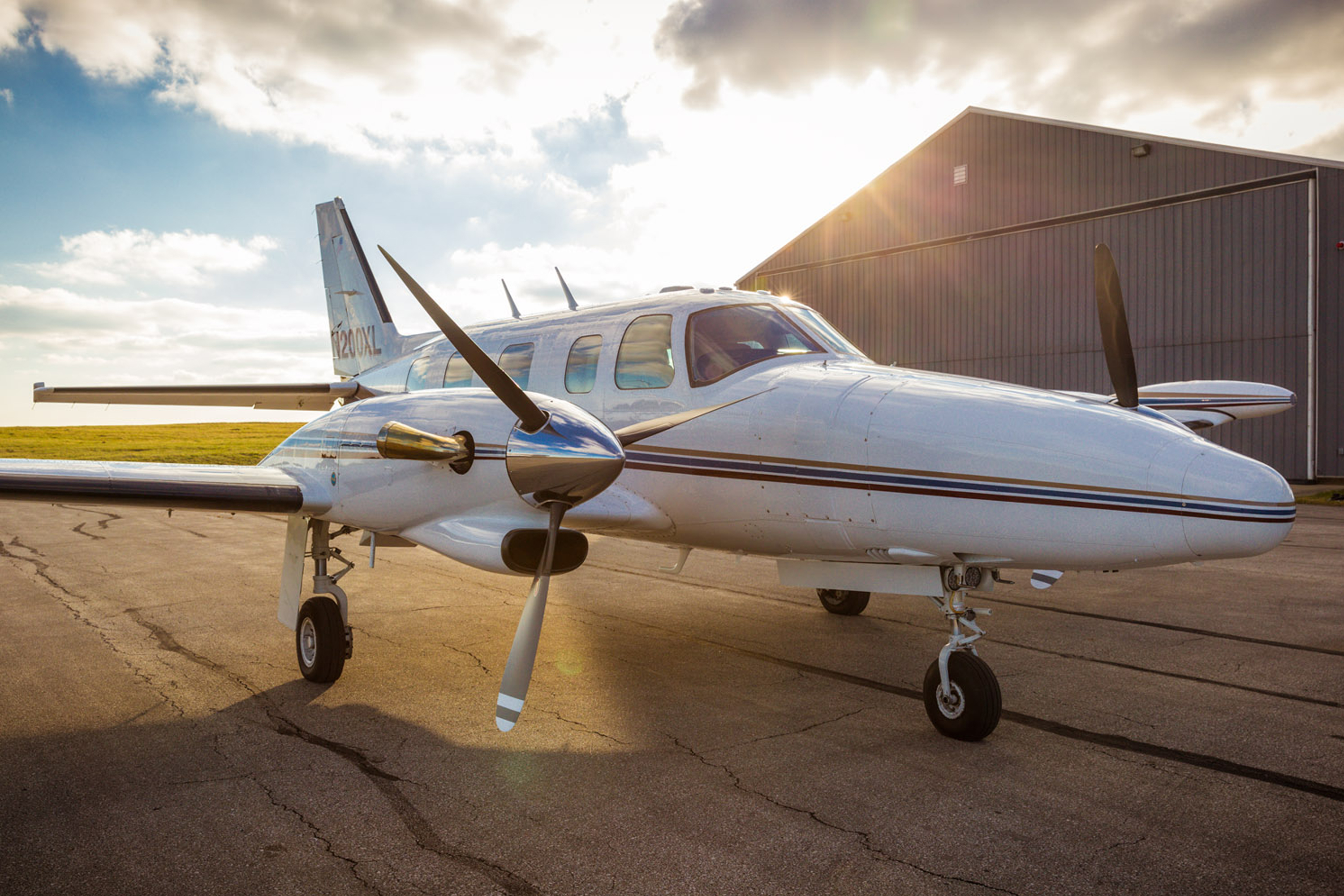
Aug. 22, 2016
The IRS regulations covering federal excise tax (FET) on air transportation of passengers are complex, and business aircraft operators must fully understand the rules as the issue is a frequent audit target.
NBAA RESPONSE:
NBAA’s Tax Committee has developed the Federal Excise Taxes Guide, which clearly explains FET rules, answers common questions and provides the most-current tax rates.
In addition to complying with FAA regulations, Part 135 and Part 91 operators conducting cost-reimbursable flights must understand how the federal excise tax (FET) on air transportation of passengers applies in various scenarios.
“FET questions are among the most frequent tax-related queries we receive from NBAA members,” said Scott O’Brien, the association’s senior manager for finance and tax policy. “That’s why the NBAA Tax Committee developed the Federal Excise Taxes Guide, which clearly explains FET rules, answers common questions and provides the most-current tax rates.”
One of the common misconceptions in the industry is that FET never applies to Part 91 operations.
“A lot of folks don’t think Part 91 trips are taxable,” noted Mark Dennen, chief financial officer at Solairus Aviation in Petaluma, CA, and a member of NBAA’s Tax Committee. “But there are some circumstances where those trips are taxable.”

Nel Stubbs – an FET expert and co-founder and vice president of Conklin & de Decker – said, “The IRS is not bound by how the FAA defines a flight under the FARs. If compensation is being provided for a specific flight, the 7.5-percent FET on amounts paid and applicable segment fees are likely due. For Part 91 flights, FET applies to timeshare, interchange flights, carriage of elected officials, even demonstration flights.”
While most operators know that FET is usually due on Part 135 flights, there are some important exceptions.
“There are some exceptions, but they are very narrow,” explained Stubbs. “For instance, a small, non-turbojet-powered aircraft or helicopter weighing less than 6,000 pounds and not flying an established route is exempt from the FET and segment fees. Also, air tour operators using aircraft under 6,000 pounds are exempt, regardless of whether or not they fly on an established route, as long as their sole purpose is sightseeing. Helicopters are exempt when used in gas and mineral development. Helicopters and fixed-wing aircraft also are exempt when used in logging operations. Skydiving flights are exempt, too.”
Sometimes, such as when an aircraft operator works with charter brokers, there is uncertainty as to which party is responsible for collecting and remitting the FET to the IRS.
“Whoever is charging the end user for the flight is responsible for collecting and remitting the FET,” declared Stubbs. “As a best practice, operators should make sure that is stated on every invoice between you and the other company. It might seem like overkill, but in an IRS audit, that documentation is key to answering questions from auditors.”
Learn more at www.nbaa.org/federal.


 International Business Aviation Council Ltd.
International Business Aviation Council Ltd.